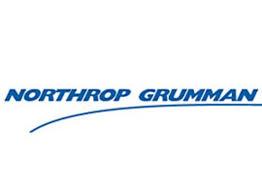Active Control of Tollmien-Schlichting Waves on an NLF Airfoil
A turbulent boundary layer greatly increases the drag on a wing, and therefore aircraft fuel consumption. By delaying the transition of organized, laminar flow into disorganized, turbulent flow, billions a year can be saved in fuel costs. One way that this transition can be delayed is by using a vibrating surface element to suppress the Tollmien-Schlichting (TS) waves responsible.
